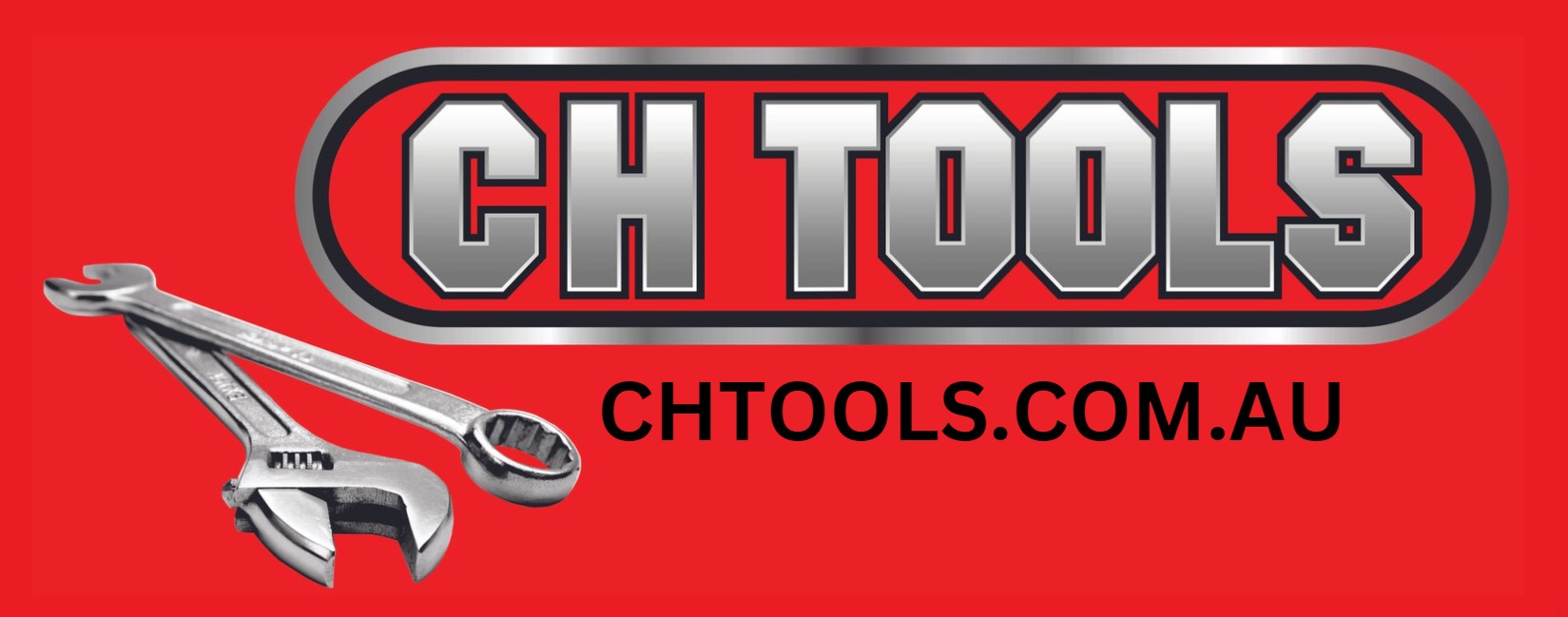Follow us:
Top-Quality Workshop Equipment: Elevate Your Craftsmanship








Guide to Selecting the Correct Workshop Equipment
Selecting the right workshop equipment is crucial for creating an efficient, safe, and productive workspace. Here’s a comprehensive guide to help you choose the best equipment for your workshop:
1. Assess Your Needs
- Type of Work: Identify the types of projects and tasks you will be working on (e.g., woodworking, metalworking, automotive repair).
- Space Availability: Consider the size and layout of your workshop to determine the appropriate equipment size and placement.
- Budget: Determine your budget for equipment purchases and prioritize based on your needs.
2. Key Workshop Equipment
- Workbenches: Provide a sturdy surface for working on projects.
- Features to Consider: Adjustable height, storage options, and durability.
- Tools and Machinery: Select based on the specific tasks you need to perform.
- Table Saws: Essential for precise cutting of wood or plastic.
- Band Saws: Useful for curved and intricate cuts in various materials.
- Drill Presses: Provide accurate and controlled drilling operations.
- Lathes: Used for shaping materials like wood or metal.
- Milling Machines: Essential for complex cutting and shaping tasks.
- Storage Solutions: Keep tools and materials organized.
- Tool Chests and Cabinets: Offer secure and organized storage for hand tools.
- Shelving Units: Useful for bulkier items and supplies.
- Tool Racks and Pegboards: Help keep frequently used tools visible and accessible.
- Safety Equipment: Essential for protecting yourself while working.
- Dust Collection Systems: Maintain a clean and safe environment by reducing airborne dust.
- Ventilation Systems: Ensure proper air flow and reduce fumes from materials or chemicals.
- Personal Protective Equipment (PPE): Includes safety glasses, hearing protection, gloves, and aprons.
- Measuring and Layout Tools: Ensure precision in your work.
- Calipers and Micrometers: For accurate measurements.
- Squares and Levels: For ensuring straight and level cuts.
- Tape Measures: Essential for measuring dimensions and distances.
- Material Handling Equipment: Facilitate the movement of materials.
- Carts and Dolly: For transporting heavy items.
- Hoists and Lifts: For lifting and positioning large or heavy materials.
3. Consider Equipment Specifications
- Capacity and Size: Ensure the equipment meets the requirements of your projects and fits in your workspace.
- Power Requirements: Check for compatibility with your workshop’s power supply (e.g., voltage and phase requirements).
- Accuracy and Precision: Choose equipment that offers the level of accuracy needed for your work.
4. Quality and Durability
- Build Quality: Opt for equipment made from high-quality materials and with solid construction.
- Brand Reputation: Choose reputable brands known for reliability and performance.
- Warranty and Support: Look for equipment with good warranty terms and available customer support.
5. Safety Features
- Emergency Stop Mechanisms: Ensure machines have accessible emergency stop features.
- Safety Guards: Check for proper safety guards on machinery to prevent accidents.
- Operator Training: Ensure that all users are trained on the safe operation of equipment.
6. Ease of Use and Maintenance
- User Interface: Choose equipment with intuitive controls and easy operation.
- Maintenance Requirements: Consider the ease of maintenance and availability of replacement parts.
7. Mobility and Space Utilization
- Portable Equipment: For tasks that require mobility, select equipment that is easy to move.
- Space-Saving Designs: Opt for compact or foldable equipment if space is limited.
8. Environmental Considerations
- Noise Levels: Consider equipment that operates at acceptable noise levels to maintain a comfortable working environment.
- Energy Efficiency: Choose energy-efficient equipment to reduce operating costs and environmental impact.
9. Budget and Investment
- Cost vs. Value: Balance your budget with the quality and features of the equipment. Investing in reliable, high-quality equipment can save money in the long run.
- Comparative Shopping: Compare different models and brands to find the best value for your needs.
10. Long-Term Considerations
- Future Needs: Plan for future expansions or changes in your workshop’s requirements.
- Upgradability: Choose equipment that can be upgraded or modified as your needs evolve.
By carefully evaluating these factors, you can select workshop equipment that enhances productivity, ensures safety, and fits your specific requirements.
CONTACT US TO FIND OUT MORE ABOUT THE TOOLS WE RANGE IN-STORE
